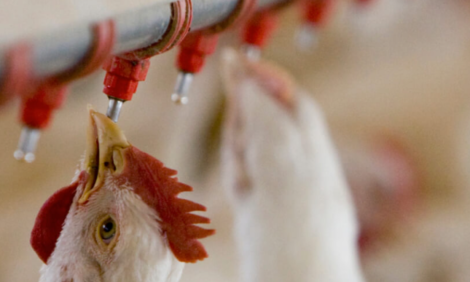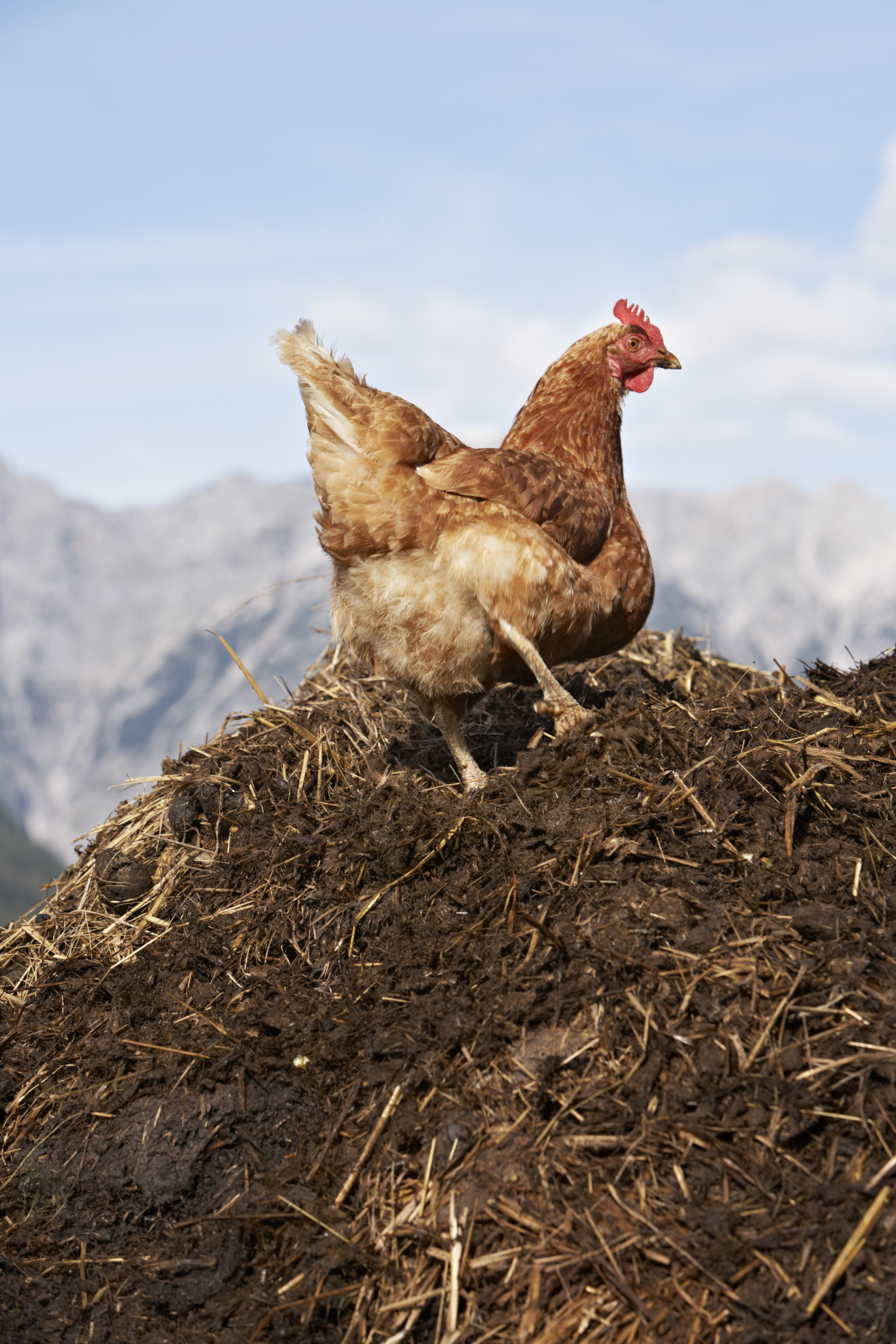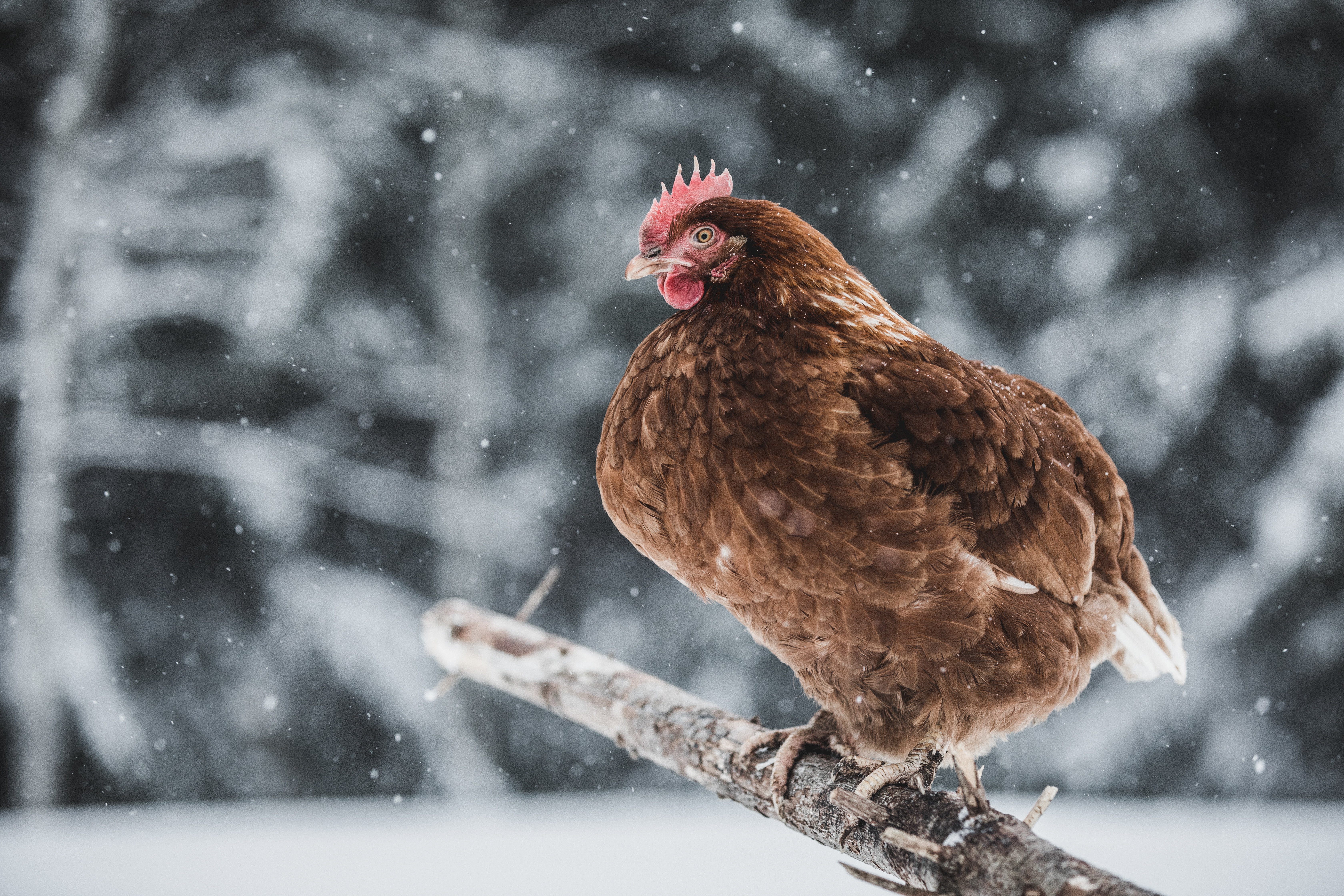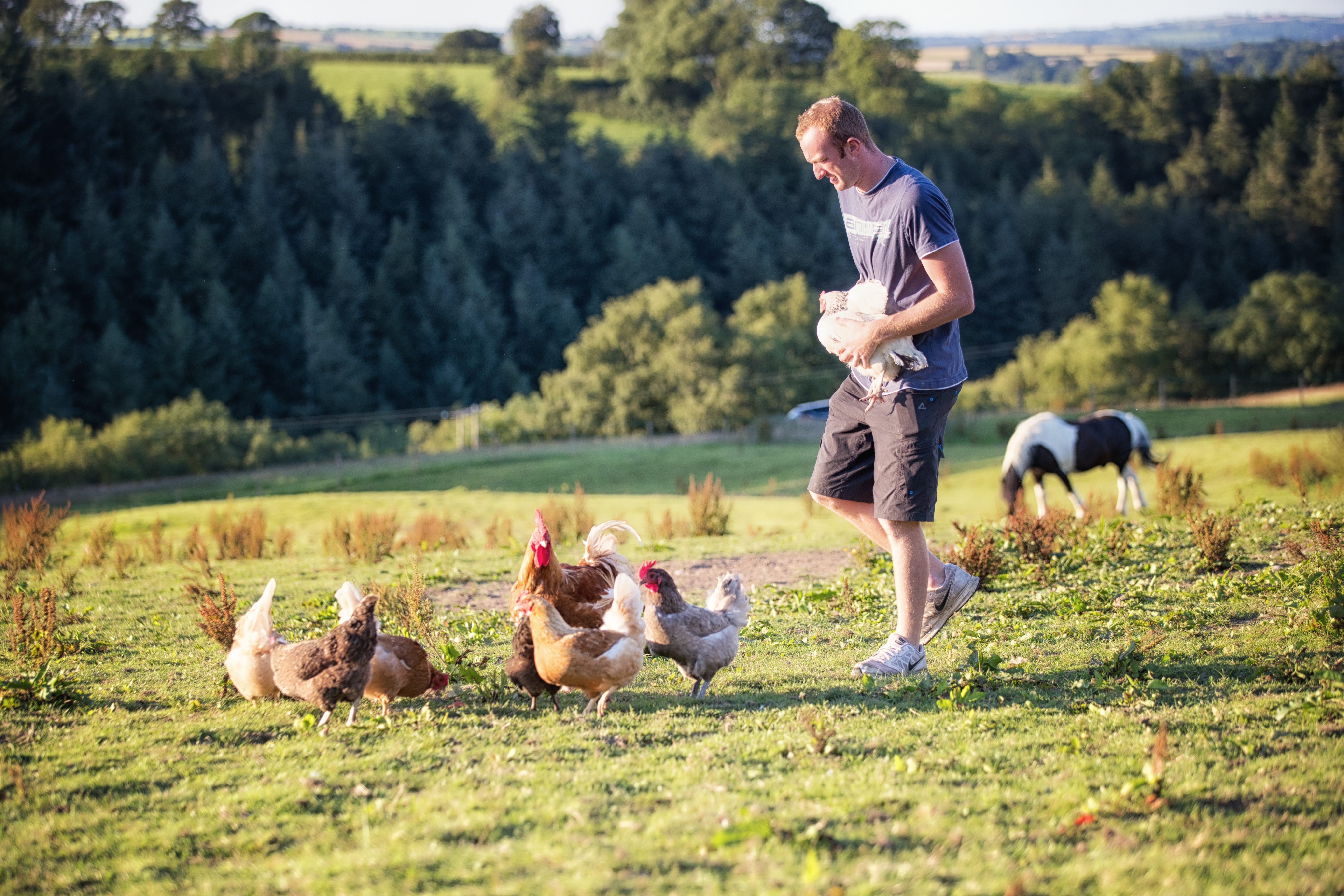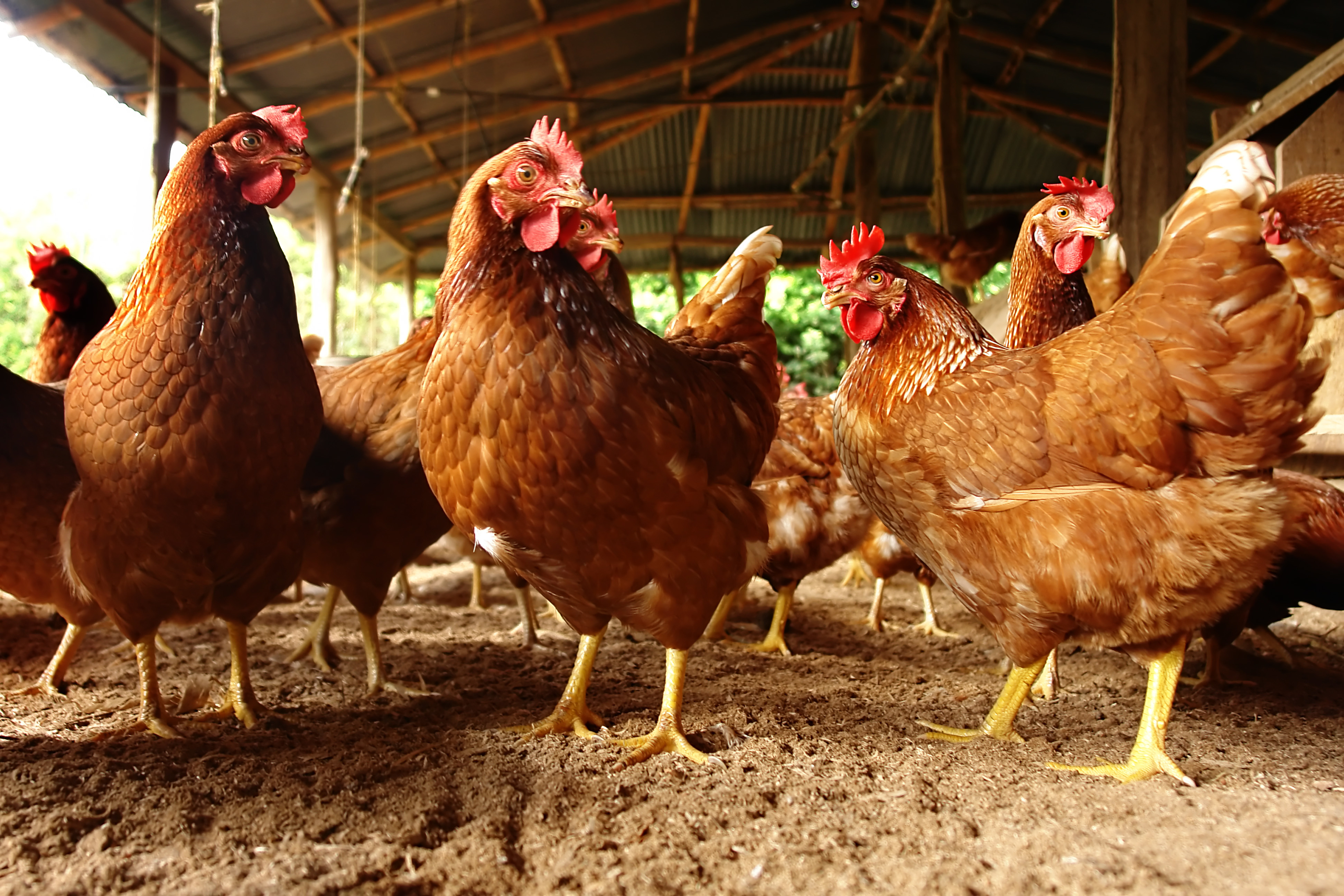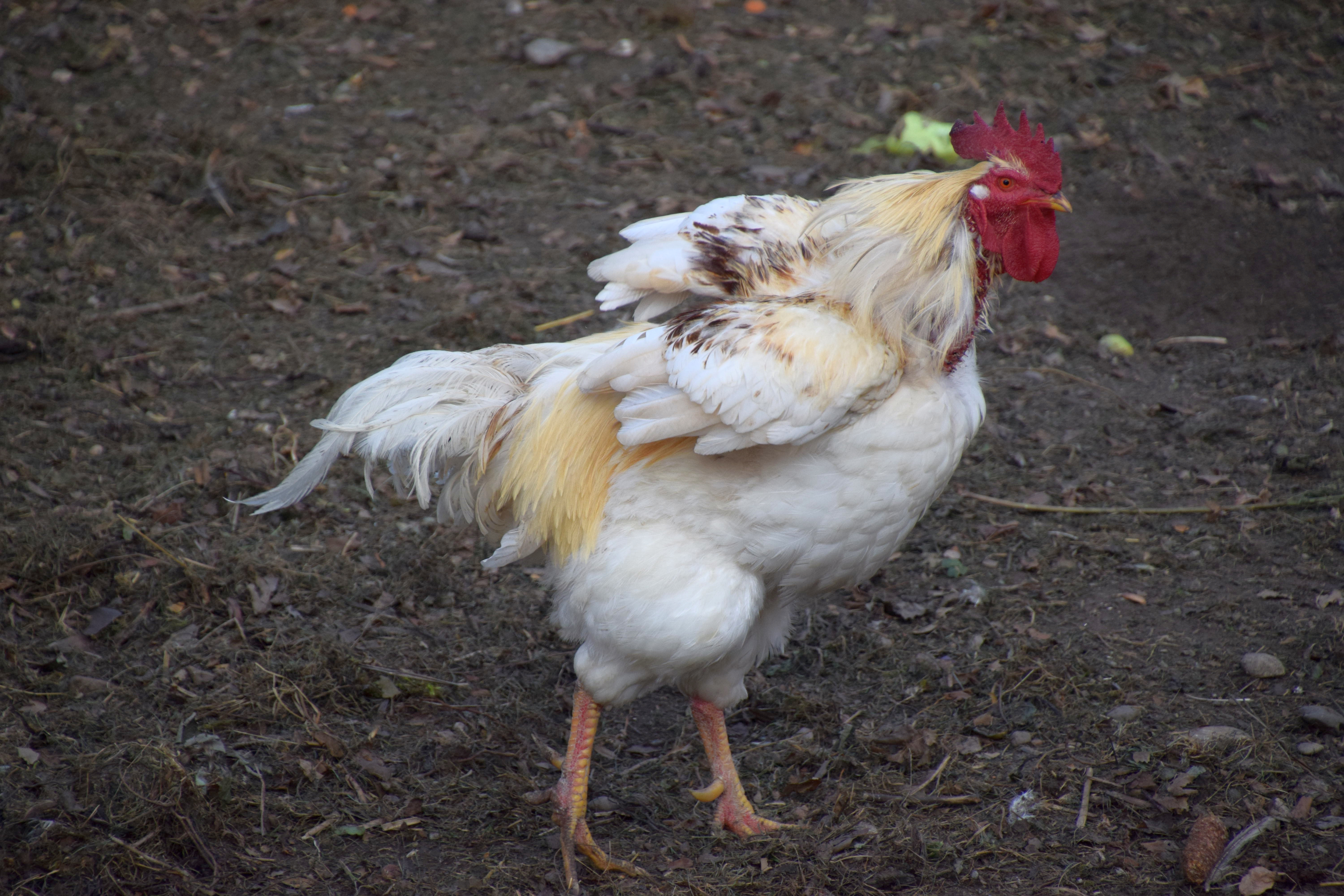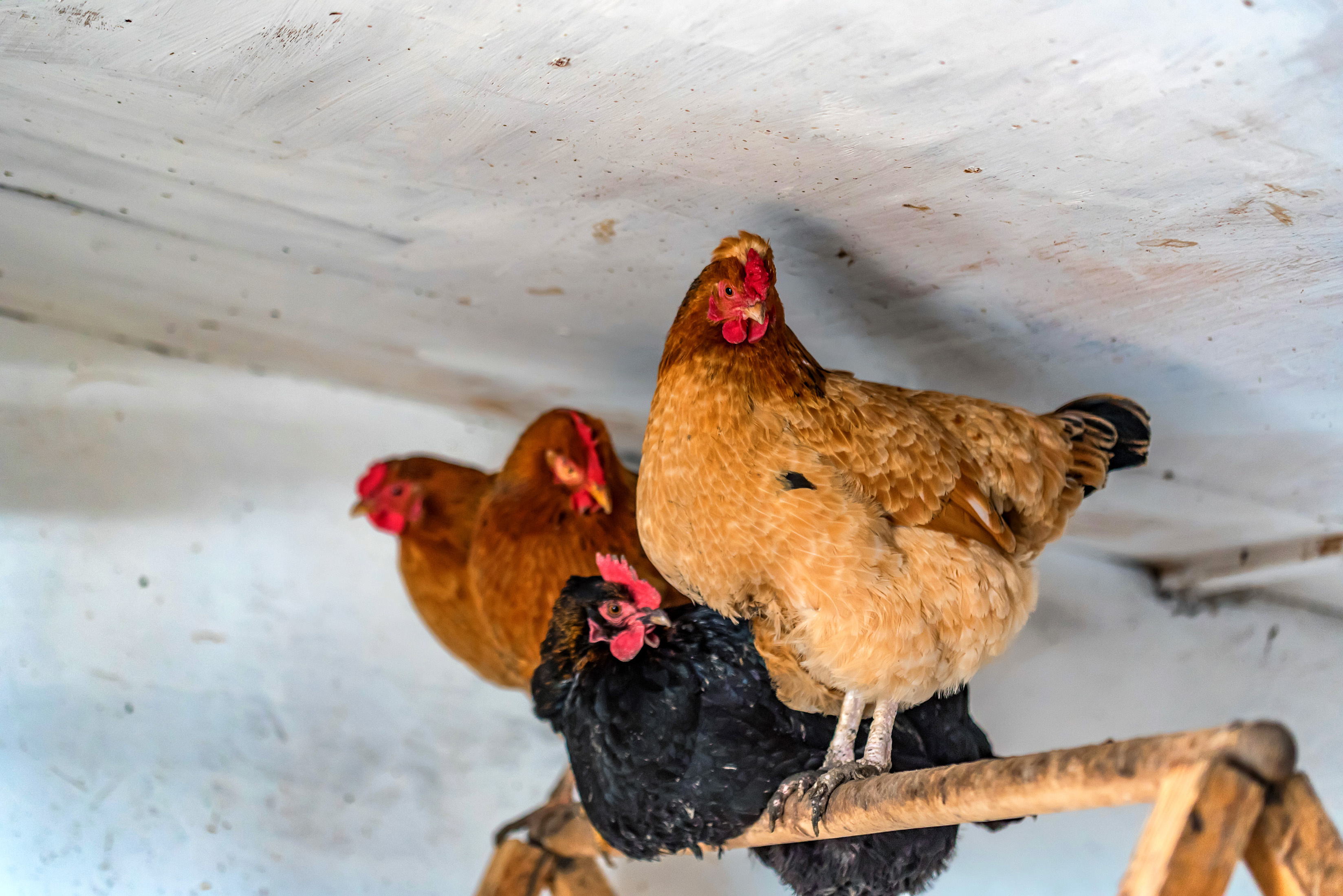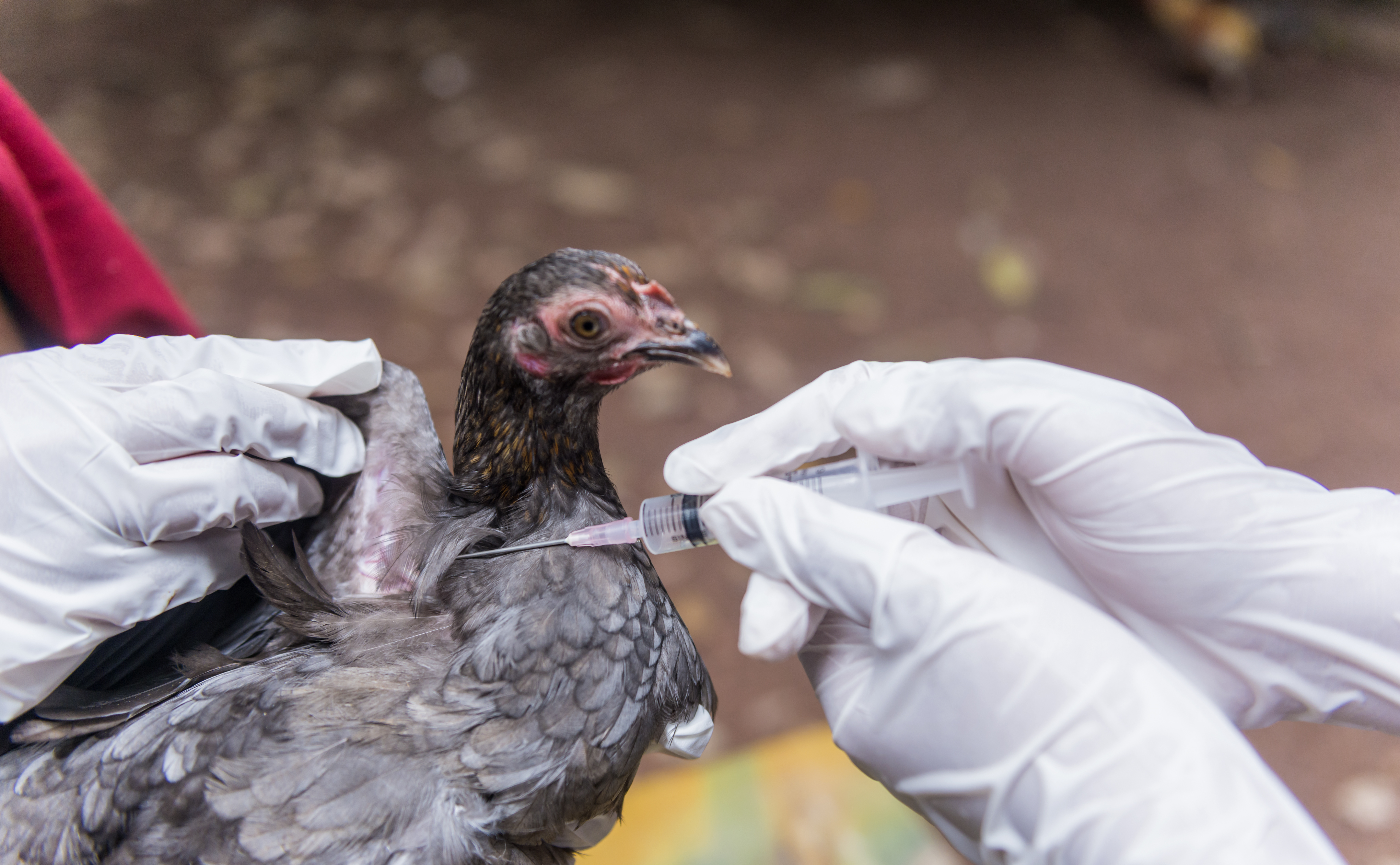



The Chicken Whisperer: Why APA breed standards matter to commercial poultry
In this podcast, the Chicken Whisperer sits down with Rip Stalvey, head of the American Poultry Association, to discuss the APA’s new educational outreach programmes and how they’re shaping the industry.Part of Series:
< Previous Article in Series Next Article in Series >
Rip Stalvey has an extensive history in the American poultry industry. He began raising bantam hens in his youth and his interest and passion for poultry keeping grew from there. Over the years, he has worked as a producer and an APA judge for poultry shows in the US.

Currently, Stalvey is focusing on educating the public about poultry farming and is using the American Poultry Association as a starting point. The organisation, founded in 1873, is dedicated to breeding and producing the best standard-bred poultry possible. The organisation maintains rigorous breed standards that allow producers to consistently breed birds that are healthy and productive.
The APA breed standards are not only useful for shows – they also keep track of the genetic diversity in American poultry. This resource is useful when breeders strategically hybridise birds to get better results. Though APA standards offer a well-established roadmap for producing poultry, in Stalvey’s opinion, production and breeding aren’t simple “ABC methodologies”. Producers need to constantly monitor their birds’ progress, and the work is never really finished.
Stalvey admits that the poultry industry itself has a poor track record when it comes to releasing accurate information for producers and scientists. He also notes that there is a significant agriculture knowledge gap in American schools. In Stalvey’s view, the quality of information needs to improve – viral information is difficult to reel in once it’s in the ether.
In order to strategically counter these issues, the APA is investing in public outreach and has created multiple training programmes. The programmes include a radio show, a Youtube channel and social media content – all of which are free for users. The APA website also has useful advice to help producers evaluate their flocks and prepare for shows.
When asked about the intended audience for the APA’s outreach, Stalvey immediately replied, “It’s for anyone with chickens!” He encouraged backyard keepers, show-bird owners and producers with bigger flocks to tune in.
The programmes are packed with information and will continuously be updated. The APA will create a large content library, so they will cover hatching, brooding, husbandry, equipment and health in their first instalments.
When asked about how the APA will select information for their educational videos and social media posts, Stalvey confirmed that the APA would only include evidence-based material. It will use information from sources that have a proven track record of accuracy and reliability. Stalvey also said that the information will be reviewed before publication.
Stalvey hopes that the educational content will bridge the knowledge gap and, in turn, improve the quality of information available to poultry keepers.









